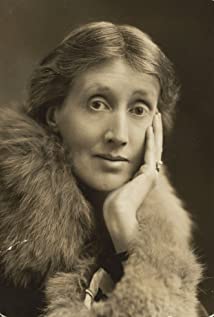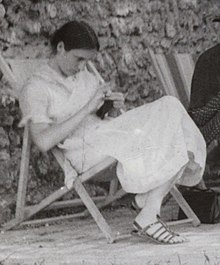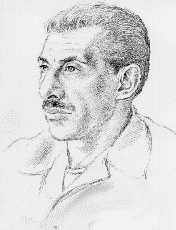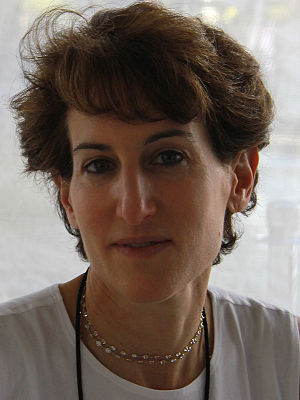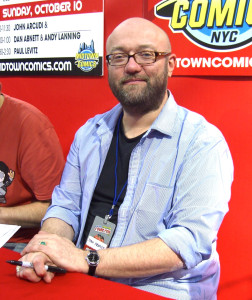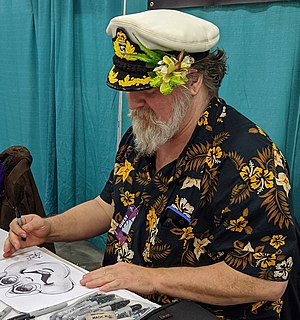Virginia Woolf
Popular As Adeline Virginia Stephen
Birthday January 25, 1882
Birth Sign Aquarius
Birthplace London, England
DEATH DATE 1941, River Ouse in East Sussex, England (59 years old)
Nationality London, England
#943 Most Popular
ABOUT
Virginia Woolf, born Adeline Virginia Stephen on January 25, 1882, in London, was an influential English writer and one of the foremost modernists of the twentieth century. Renowned for her pioneering use of stream of consciousness as a narrative device, Woolf authored several groundbreaking novels, essays, and short stories that continue to captivate readers and scholars alike. Her works explore themes of time, memory, consciousness, and gender, leaving an indelible mark on literary modernism and feminist literary criticism.
BEFORE FAME
Virginia Woolf was born into a well-to-do family with deep intellectual roots. Her father, Sir Leslie Stephen, was a notable historian, author, and mountaineer, while her mother, Julia Prinsep Stephen, was a preeminent model for Pre-Raphaelite painters as well as a philanthropist. Woolf grew up in an environment suffused with literature and learning, which profoundly influenced her future writing career. The young Virginia was educated at home by her parents and tutors, gaining unprecedented access to her father's vast library, which played a pivotal role in shaping her literary voice. Despite the considerable challenges posed by recurring bouts of mental illness, Woolf began her writing career in earnest in her early twenties, making significant contributions to the literary world with her insightful critique and pioneering narrative techniques.
TRIVIA
- Virginia Woolf was a central figure in the Bloomsbury Group, an influential and avant-garde collective of writers, intellectuals, and artists.
- Her novels "Mrs Dalloway" (1925) and "To the Lighthouse" (1927) are often cited as some of the finest examples of modernist literature.
- Woolf was also a committed feminist and penned numerous essays advocating for women's rights, including the famous extended essay, "A Room of One's Own" (1929), which explores the exigencies of female creativity and independence.
- Apart from her literary output, Woolf and her husband, Leonard Woolf, were instrumental in establishing the Hogarth Press, which published works by notable authors including T.S. Eliot and Sigmund Freud.
FAMILY LIFE
Virginia Woolf's family featured a blend of notable figures from various fields, which created a stimulating environment for her intellectual development. After the deaths of her parents and unstable mental health, Woolf found a semblance of stability upon marrying Leonard Woolf in 1912. Leonard was not only a supportive husband but also played a crucial role in her literary career as a fellow writer, political theorist, and publisher. Despite their deep intellectual partnership and personal bond, Woolf's lifelong battle with mental illness cast a shadow over their marriage.
ASSOCIATED WITH
Virginia Woolf's literary contributions positioned her alongside other titans of literary modernism, such as James Joyce, Marcel Proust, and T.S. Eliot. She was also closely connected to several prominent members of the Bloomsbury Group, including economist John Maynard Keynes, painter Vanessa Bell (her sister), art critic Roger Fry, and writer E.M. Forster. Woolf's unique voice and narrative innovations have left a lasting legacy that continues to influence contemporary literature and feminist discourse.


